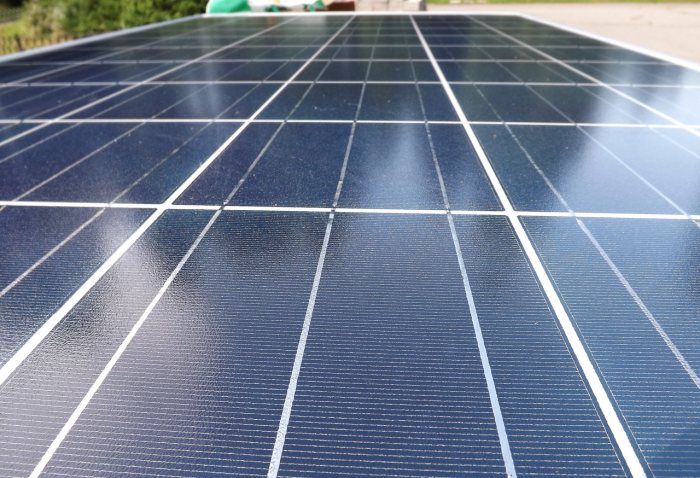
Image: seagul
NSW Opposition Leader Luke Foley has announced a Labor government will divert hundreds of millions of dollars destined for the controversial Sydney stadiums project to provide air-conditioning for the State’s public schools, the electricity for which will be offset by solar panels.
Many of us can probably remember spending days in stinking hot classrooms without insulation that did nothing to help the learning experience. Summer in classrooms often meant listless kids enduring a special sort of hell while stressed, exhausted and sweaty teachers droned on like the blowflies lazily buzzing around just outside the doors (and often inside them too).
The experience was somewhat a rite of passage, but nothing was gained except for bragging rights to exercise on children and grandchildren we feel need to harden up.
Cooler Classrooms, Not Corporate Boxes
Many classrooms may generally be better insulated today, but things can still get rather toasty; particularly during heatwave conditions that we’ll likely see more of due to climate change.
According to NSW Labor, current policy settings only provide full air cooling to schools in areas of the state with mean maximum January temperatures of 33 degrees Celsius or above, which translates to less than 200 schools.
Under the Cool Schools program, Labor says 600 schools would benefit, with classrooms in regional NSW and Western Sydney among the first.
“Labor believes it’s more important to air condition classrooms where our children learn than corporate boxes in Sydney stadiums,” said Mr. Foley.
A focus on improving educational facilities rather than throwing quite as much money at “bread and circuses” type projects may be generally well received, but 600 air-conditioned schools means a lot more electricity will be used. To address this, solar panels will be installed at these schools to help offset the running costs; but how much of an offset wasn’t specified.
The Cool Schools announcement was part of the official launch of NSW Labor’s Schools and Hospitals before Stadiums campaign.
The demolishing and rebuilding of ANZ Stadium and Allianz Stadium have caused divisions within the community – and even within the Liberal-Nationals parties – particularly after it was revealed costs have blown out to $2.7 billion.
Mr. Foley has also previously pledged to massively increase solar electricity generation in the state if elected in 2019; however, that pledge somewhat backfired on the Opposition Leader.
Energy A Hot-Button Election Issue
While the NSW state election is still a year away, politicians are already jostling for position and related rumblings from the wider community concerning energy have begun in earnest. Yesterday we reported thousands marched in the heart of Sydney on Saturday to put all parties on notice that it’s time to repower NSW with renewable energy and for the state to ditch coal and gas mining.
The home rooftop solar juggernaut also appears to be preparing to really rumble along in New South Wales. RenewEconomy’s Giles Parkinson reported last week the Australian Energy Market Operator expects New South Wales to overtake Queensland in installed rooftop solar capacity within the next few years, and by 2035 more than 7GW will be installed in the state.
According to the Clean Energy Regulator, there are around 403,000 small scale solar power systems (<100kW) installed in New South Wales, compared to Queensland’s tally of ~550,000.
No doubt many NSW solar households will be carefully watching how the parties stack up on their attitudes towards solar energy and renewables generally in the months ahead.

 RSS - Posts
RSS - Posts



Speak Your Mind